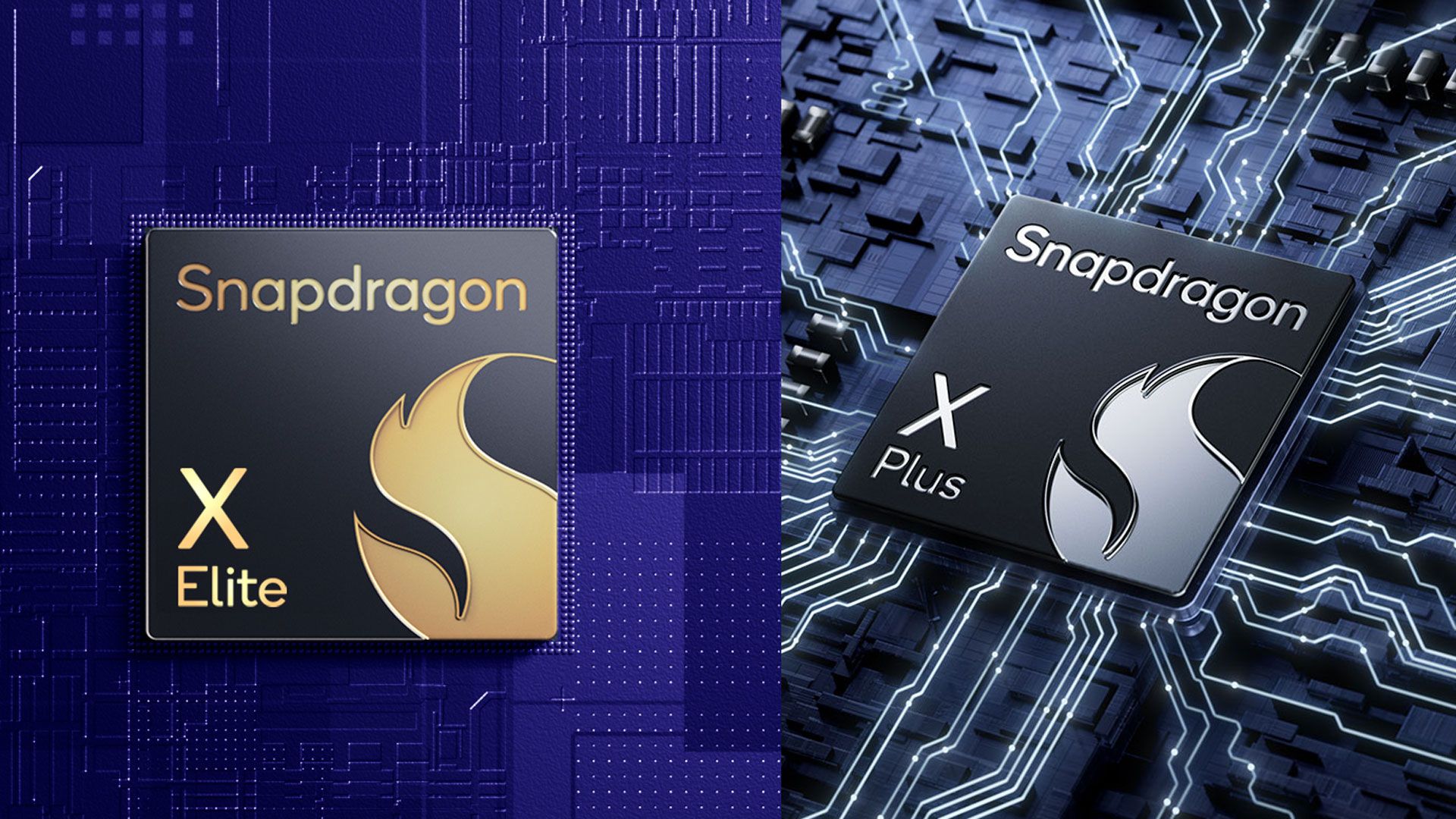NotEntirelyConfused
Power User
- Joined
- May 15, 2024
- Posts
- 144
Nice work!With the caveat that there are only just over 100 Geekbench entries for the 8 Elite (OnePlus PJZ110), and I am comparing phone soc and laptop ones, I thought it might be interesting to take a look at some charts showing areas of improvement between the 8 Elite, it’s predecessor and the competition.
But I really have to wonder... if you get to remove Object Detection from the A18P, why not remove Photo Filter from the SD4?
I don't actually want you to do that - my point is that this whole pussyfooting around the butthurt who cry foul because Apple implemented SME is ridiculous. The scores are what the scores are. If QC wants to bench higher on that subtest, they can damn well implement SME too.
It's valuable being able to see subtest scores, as that helps understand what's happening. Removing them though, that's a mug's game. We shouldn't be changing the goalposts.


